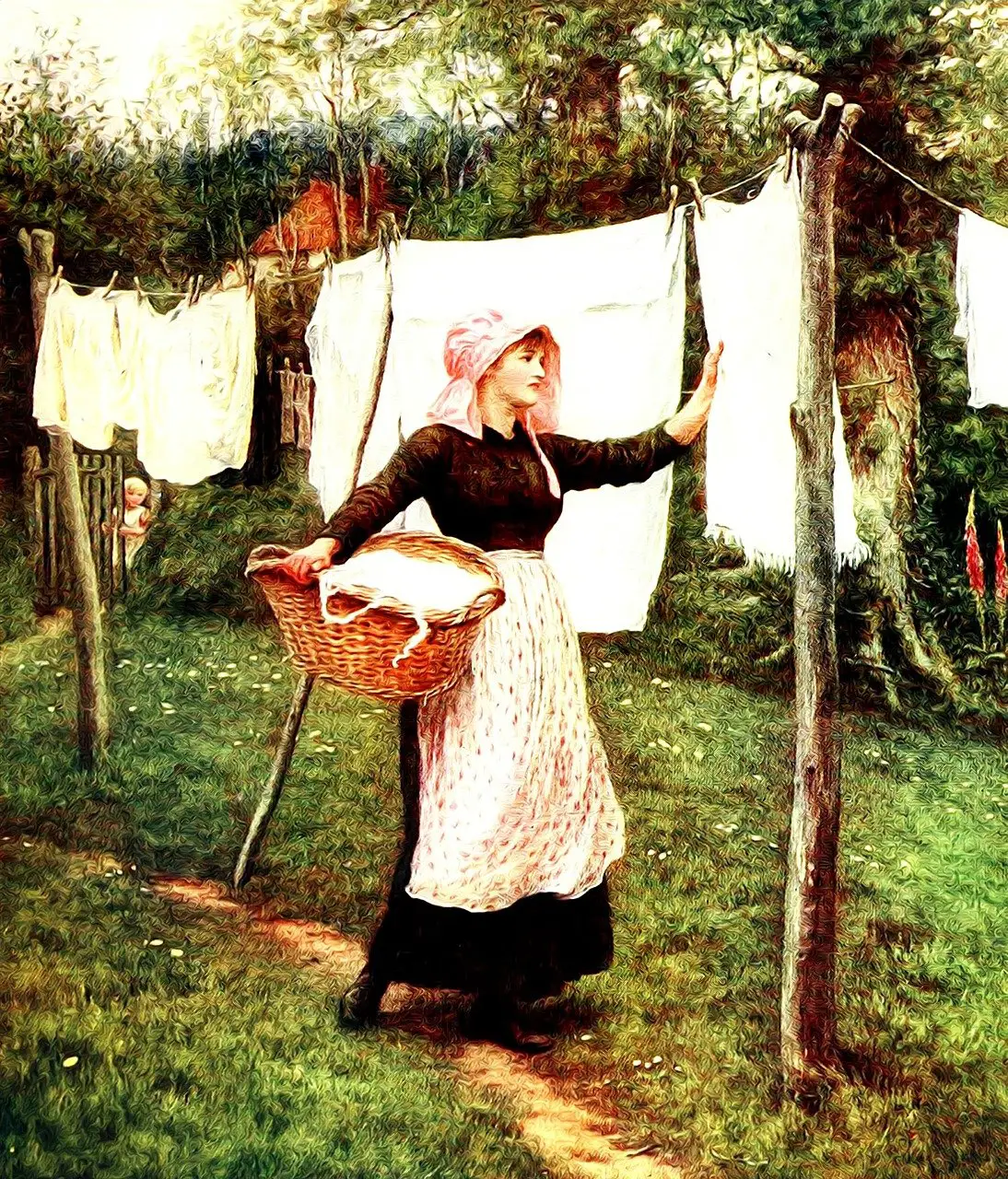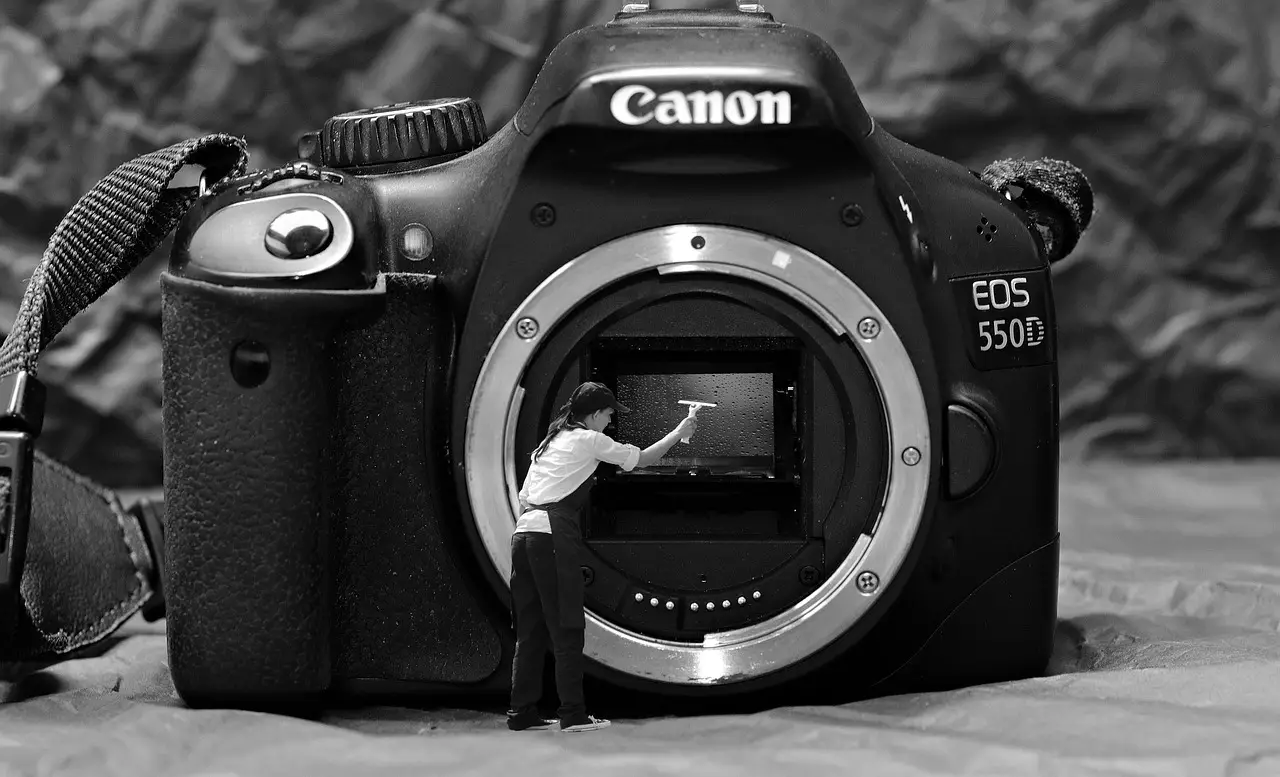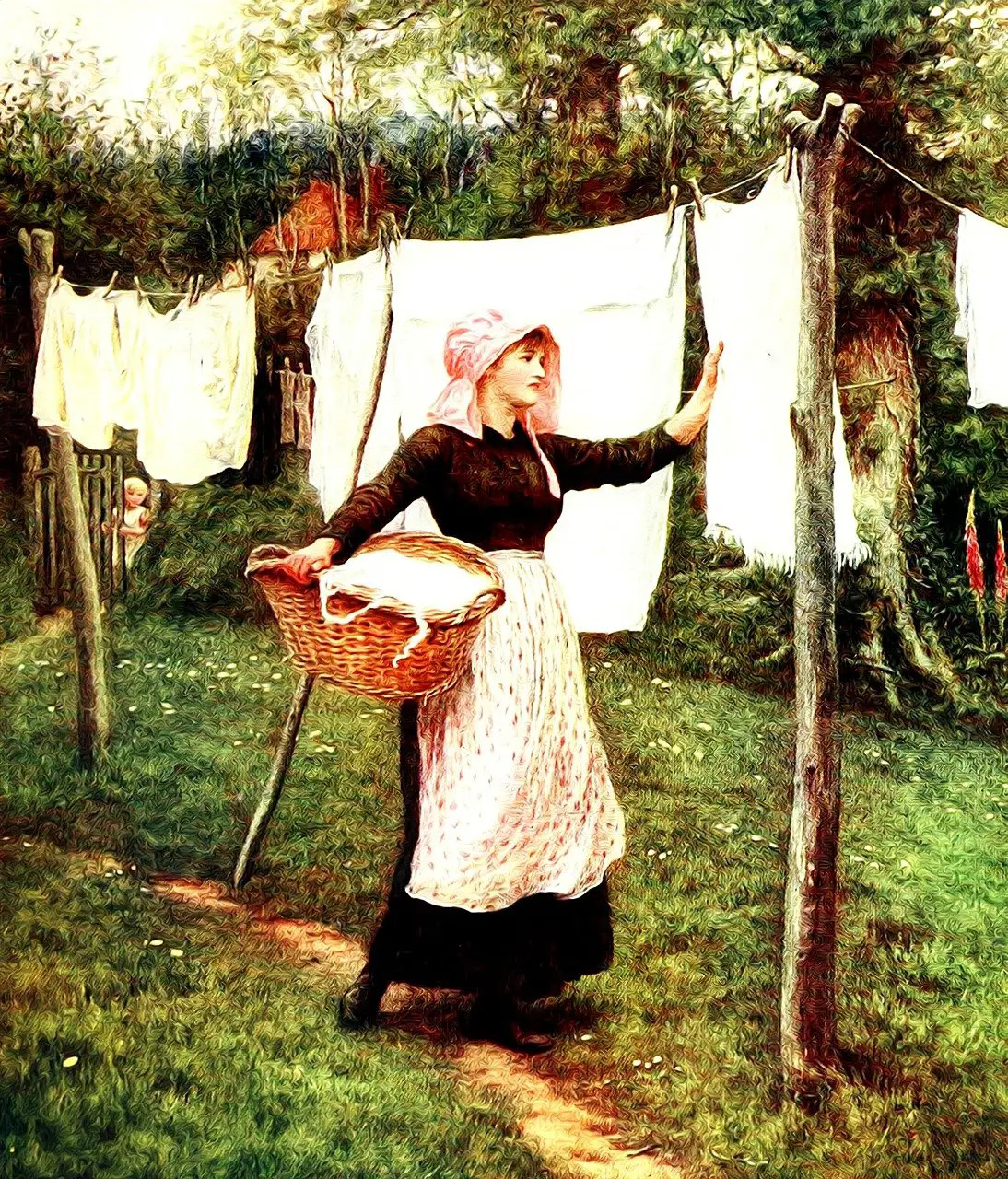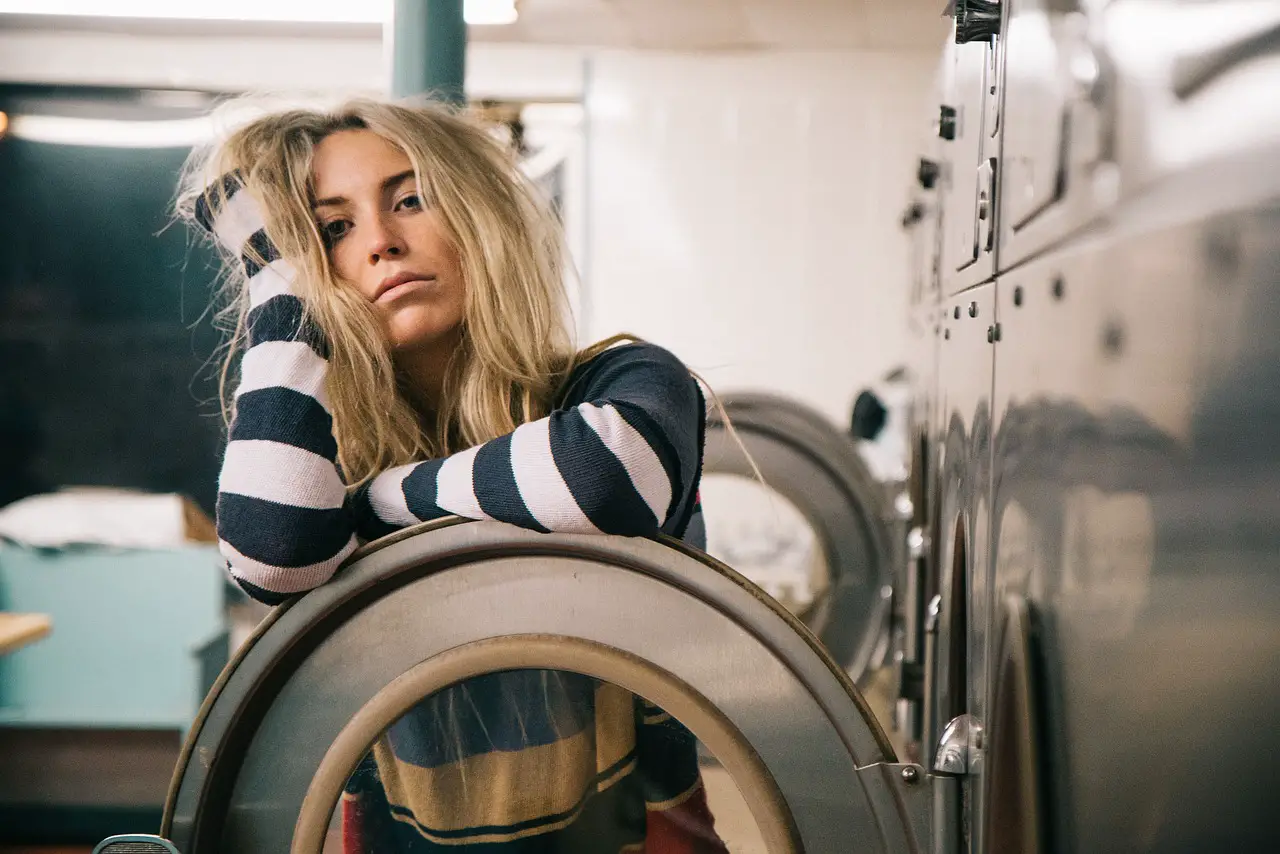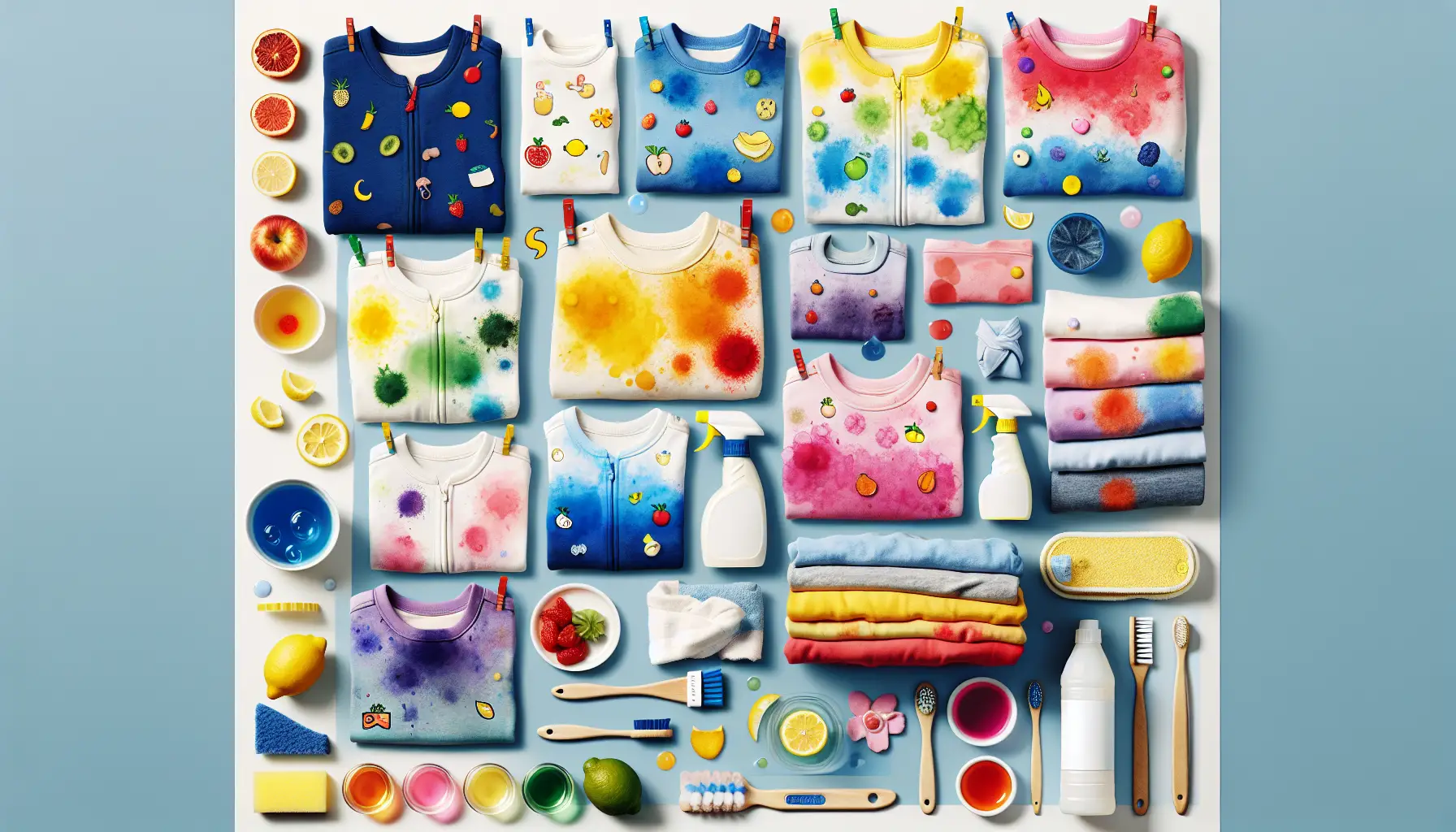If you’ve ever struggled with stubborn baby food stains on your little one’s clothes, worry no more! This article will provide you with simple and effective tips on how to tackle those pesky stains effortlessly. Whether it’s pureed peas or mashed carrots, you’ll learn how to restore your baby’s clothes to their sparkling clean state in no time. Say goodbye to the stress of dealing with stubborn stains and hello to hassle-free laundry days!
Pre-Treating Baby Food Stains
When it comes to dealing with baby food stains on clothes, the first step is to identify the stain. This will help you determine the best approach for removing it. Whether it’s a fruit or vegetable stain, a protein-based stain, a starchy food stain, an oily or greasy stain, or a strong colored food stain, knowing what you’re dealing with is essential.
Once you’ve identified the stain, the next step is to scrape off any excess food. Use a spoon or a blunt knife to gently remove as much of the residue as possible without spreading it further. Be careful not to rub the stain, as this can push it deeper into the fabric.
After you’ve removed the excess food, it’s time to flush the stain with cold water. Hold the stained area under a stream of cold water, allowing the water to flow through the fabric from the backside. This will help remove any remaining food particles and prevent the stain from setting.
Now that you’ve flushed the stain, it’s time to apply a stain remover. There are many stain removers available on the market specifically designed for baby food stains. Follow the instructions on the product and apply it to the stained area. Gently rub the stain remover into the fabric using a clean cloth or sponge.
For tough stains, it’s often helpful to soak the clothing. Fill a basin or sink with cold water and add a small amount of mild detergent or stain remover. Place the stained clothing in the solution and let it soak for at least 30 minutes, or overnight for stubborn stains. After soaking, gently rub the fabric together to help release the stain before rinsing thoroughly.
If you prefer natural alternatives, there are several homemade stain removers that can be effective against baby food stains. One option is to create a baking soda paste by combining baking soda with a small amount of water until it forms a thick consistency. Apply the paste to the stain, let it sit for 15 minutes, then rinse with cold water. Another natural option is to use lemon juice and sunlight. Squeeze fresh lemon juice onto the stain and place the garment in direct sunlight for several hours. The combination of the lemon juice and sunlight can help lighten and remove the stain. Hydrogen peroxide and white vinegar solutions can also be effective natural stain removers.
Washing Baby Food Stained Clothes
Once you’ve pre-treated the stain, it’s time to wash the baby food stained clothes. Before tossing them in the washing machine, make sure to read the clothing care instructions. Different fabrics have different care requirements, and it’s important to follow them to avoid damaging the clothes.
Choose a suitable detergent for washing the stained clothes. Look for a detergent that is specifically formulated for baby clothes or one that is designed to target tough stains. It’s important to use a detergent that is gentle on delicate baby skin and effective in removing stains.
For certain fabrics, such as cotton or polyester, using hot water can help remove stubborn stains. Check the care instructions to see if hot water is suitable for the fabric. Be cautious when using hot water on delicate or synthetic fabrics, as it may cause shrinking or damage.
If there are any remaining stains after washing, spot treat them before putting the clothes in the dryer. Apply a small amount of stain remover or detergent directly to the stain and gently rub it in. Let it sit for a few minutes, then rinse with cold water. Repeat this process until the stain is no longer visible.
Consider using enzyme-based detergents, which contain enzymes that target specific types of stains, including baby food stains. These detergents work by breaking down the proteins and enzymes in the stain, making it easier to remove. Follow the instructions on the detergent for the best results.
Using Homemade Remedies
In addition to commercial stain removers, there are several homemade remedies that can be effective in removing baby food stains. Baking soda paste is a versatile remedy that can be used for a variety of stains, including baby food. Mix baking soda with a small amount of water to create a paste, then apply it to the stain. Let it sit for 15 minutes, then rinse with cold water.
Lemon juice and sunlight can also be used to remove baby food stains. Squeeze fresh lemon juice onto the stain and place the garment in direct sunlight for several hours. The combination of the lemon juice’s natural bleaching properties and the sunlight can help lighten and remove the stain.
Hydrogen peroxide is another effective homemade remedy for baby food stains. Apply a small amount of hydrogen peroxide to the stain, then gently blot it with a clean cloth. Rinse with cold water and repeat if necessary. Be cautious when using hydrogen peroxide on colored fabrics, as it can cause fading.
If you prefer a more gentle approach, a white vinegar solution can help remove baby food stains. Mix equal parts white vinegar and water, then apply the solution to the stain. Let it sit for a few minutes, then rinse with cold water. Vinegar is known for its natural cleaning properties and can help break down the proteins in the stain.
Removing Stubborn Stains
For stubborn stains that are difficult to remove, there are a few additional techniques you can try. A commercial stain remover specifically designed for tough stains can be effective. Follow the instructions on the product and apply it to the stain. Gently rub the stain remover into the fabric using a clean cloth or sponge.
Another option is to apply dish soap directly to the stain. Dish soap is designed to cut through grease and can be effective on oily or greasy baby food stains. Use a small amount of dish soap and gently rub it into the stain. Let it sit for a few minutes, then rinse with cold water.
Oxygen bleach is another powerful stain remover that can be used on baby food stains. Follow the instructions on the product and mix the bleach with water. Apply the solution to the stain and let it sit for 15 minutes, then rinse with cold water. Oxygen bleach is generally safe for most fabrics, but always check the care instructions before using.
When dealing with stubborn stains on delicate fabrics, it’s important to be cautious. Test any stain removal technique on an inconspicuous area of the fabric first to ensure it doesn’t cause any damage or discoloration. If the fabric is too delicate for traditional stain removal methods, consult a professional cleaner for assistance.
Dealing with Set-In Stains
If you discover a set-in baby food stain that has already dried or has been sitting for a while, don’t worry. While it may be more challenging to remove, it’s still possible. The first step is to identify and isolate the stain. This will help prevent further spreading and allow you to focus your stain removal efforts.
Enzyme-based stain removers can be particularly effective on set-in stains. Apply a generous amount of the stain remover to the stained area and let it sit for at least 30 minutes, or overnight for more stubborn stains. The enzymes in the stain remover will work to break down the proteins and enzymes in the stain.
After letting the stain remover sit, gently scrub the fabric with a soft-bristled brush or sponge. Be careful not to scrub too vigorously, as this can damage delicate fabrics. Rinse the fabric with cold water to remove the stain remover and any loosened stain particles.
Once you’ve treated the set-in stain, it’s time to wash the clothing as usual. Follow the care instructions on the garment and choose an appropriate detergent. Be sure to check the stain before drying the clothes, as high heat can set the stain further and make it more difficult to remove.
Tips and Best Practices
When it comes to removing baby food stains from clothes, here are some helpful tips and best practices to keep in mind:
- Act quickly: The sooner you treat a stain, the easier it will be to remove.
- Avoid heat: High heat, such as from hot water or a dryer, can set a stain and make it permanent.
- Test on inconspicuous area: Before applying any stain remover or homemade remedy, test it on a hidden area of the fabric to ensure it doesn’t cause any damage.
- Read labels: Always read the care instructions on the garment before attempting any stain removal techniques.
- Follow care instructions: Follow the manufacturer’s recommendations for washing and drying the garments to avoid damaging the fabric.
- Patience is key: Removing stains can sometimes take time and multiple attempts. Be patient and persistent in your stain removal efforts.
Preventing Baby Food Stains
While it’s inevitable that baby food stains will happen, there are steps you can take to minimize their occurrence. Here are some tips for preventing baby food stains:
- Use bibs or aprons: Protect your baby’s clothing by using a bib or apron while feeding. This will help catch any spills or splatters before they land on the clothing.
- Feed in appropriate clothing: Choose clothing for your baby that is easy to clean and stain-resistant. Avoid fabrics that are prone to staining, such as silk or wool.
- Choose easy-to-clean high chairs: Select a high chair that is easy to clean, with smooth surfaces that can be wiped down after each use.
- Protect the floor: Lay down a plastic or washable mat underneath the high chair to catch any food that may fall or spill.
- Be prepared: Have a stash of stain remover or baby wipes on hand for quick stain treatment when accidents happen.
Handling Different Types of Baby Food Stains
Not all baby food stains are the same, and different types of stains may require different approaches for removal. Here’s how to handle different types of baby food stains:
- Fruit and vegetable stains: Flush the stain with cold water, apply a stain remover, and soak the clothing before washing.
- Protein-based stains: Scrape off excess food, flush with cold water, pretreat with a stain remover, and wash using enzyme-based detergents.
- Starchy food stains: Scrape off excess food, flush with cold water, apply a stain remover, soak the clothing, and wash as usual.
- Oily or greasy stains: Scrape off excess food, blot with a paper towel, apply dish soap, and wash using hot water or an appropriate stain remover.
- Strong colored food stains: Flush the stain with cold water, apply a stain remover, and soak the clothing before washing.
Removing Baby Food Stains from Different Fabrics
Different fabrics require different approaches when it comes to removing baby food stains. Here’s how to remove baby food stains from various fabrics:
- Cotton: Scrape off excess food, flush with cold water, apply a stain remover, and wash using hot water if suitable for the fabric.
- Polyester: Scrape off excess food, flush with cold water, apply a stain remover, and wash using warm water as recommended.
- Nylon: Scrape off excess food, flush with cold water, apply a stain remover, and wash using warm water.
- Wool: Scrape off excess food, blot with a paper towel, apply a stain remover suitable for wool, and gently hand wash or dry clean.
- Silk: Consult a professional cleaner for treating baby food stains on silk fabric, as it requires delicate handling.
- Leather: Wipe off excess food gently, clean with a leather cleaner or mild soap and water, and apply leather conditioner to restore moisture and prevent drying.
Using Stain Removal Techniques
Different stain removal techniques can be employed depending on the type of stain and fabric. Here are some common stain removal techniques:
- Blotting: Gently blot the stain with a clean cloth or paper towel to remove excess moisture or residue.
- Sponging: Dampen a clean sponge or cloth with cold water and use gentle blotting motions to remove the stain.
- Soaking: Soak the stained clothing in a solution of water and detergent or stain remover to loosen the stain before washing.
- Dabbing: Using a clean cloth or sponge, dab the stain with a stain remover or detergent to treat it directly.
- Rubbing: Gently rub the stain remover or detergent into the fabric to help break down the stain particles.
- Freezing: For tough stains, place the garment in a plastic bag and freeze it to harden the stain. Once frozen, scrape off the stain, then proceed with stain removal techniques.
With these comprehensive steps and techniques, you’ll be well-equipped to tackle any baby food stains that come your way. Remember to act quickly, choose the appropriate stain removal method for the fabric and type of stain, and follow the best practices for stain removal. With a little patience and persistence, you can keep your baby’s clothes looking clean and stain-free.
